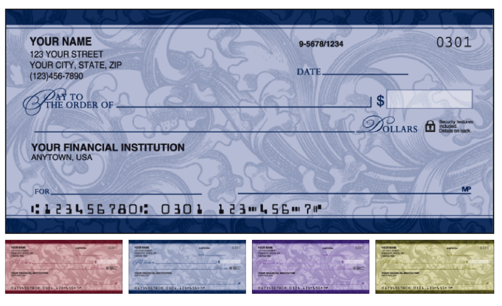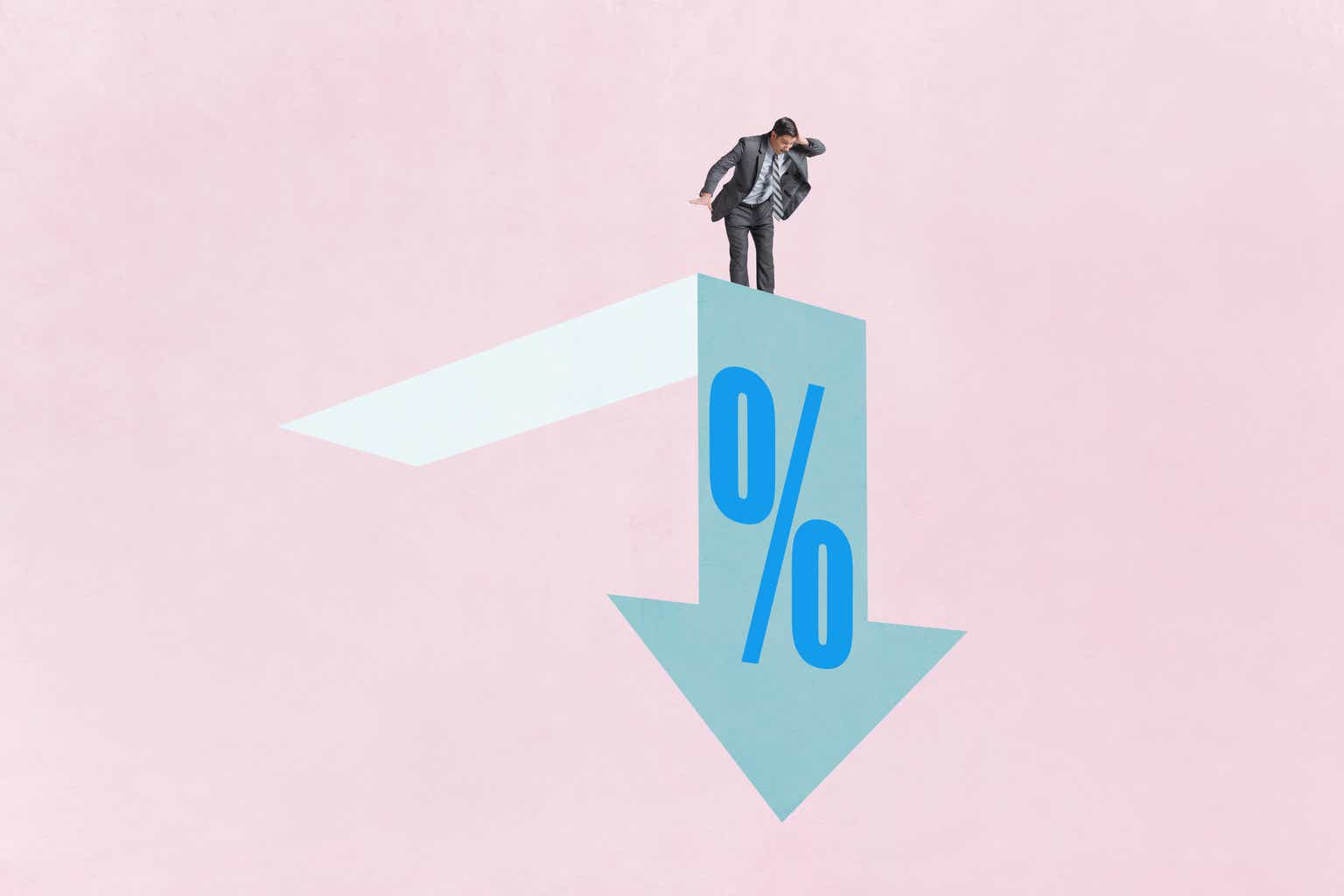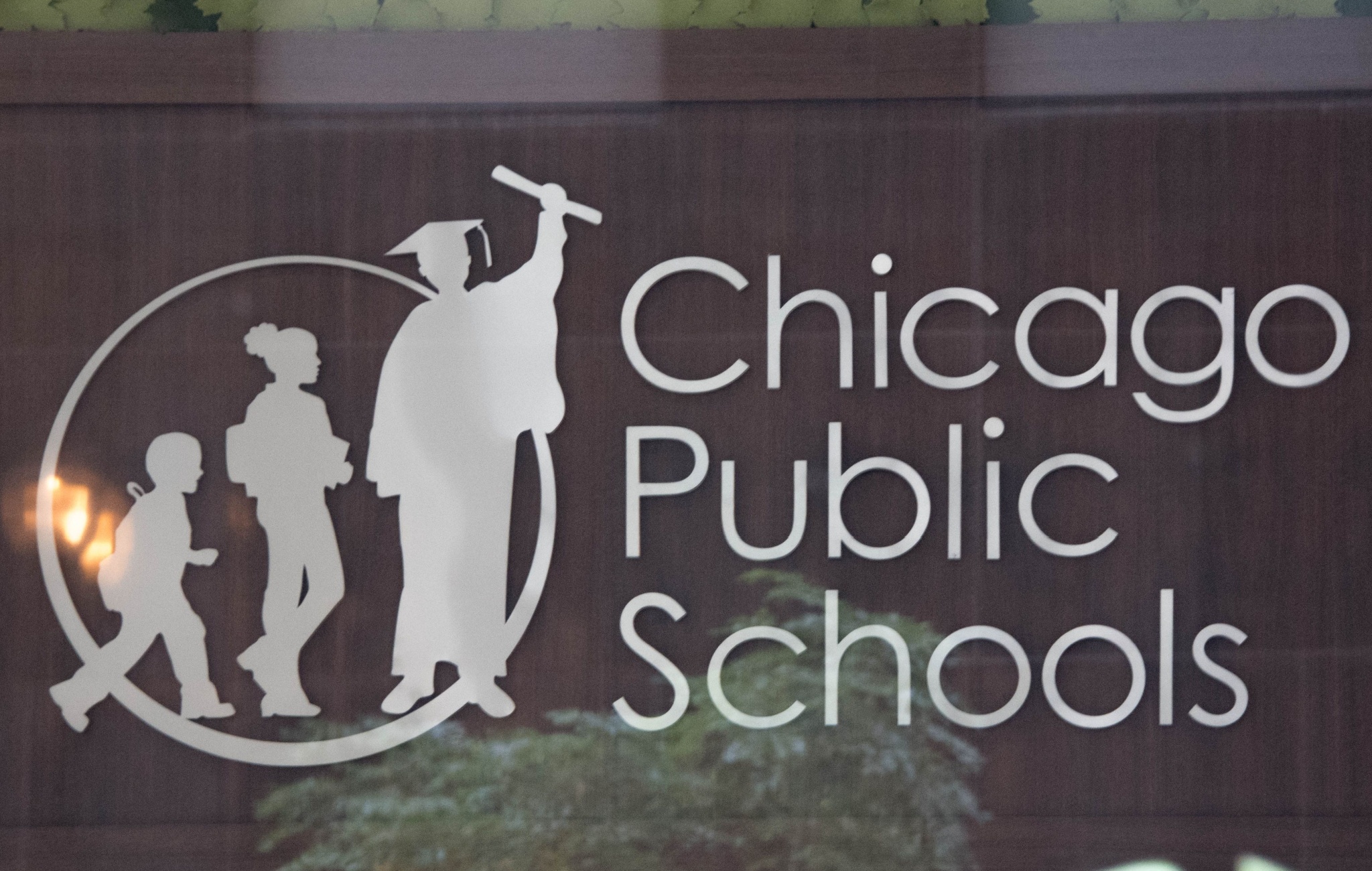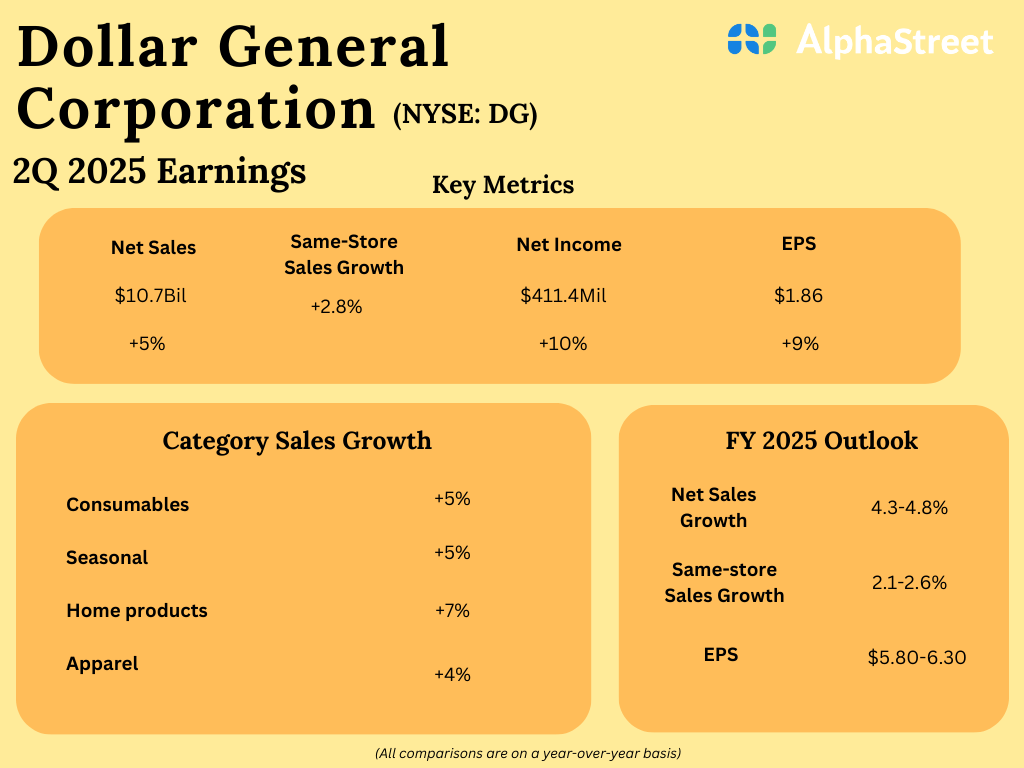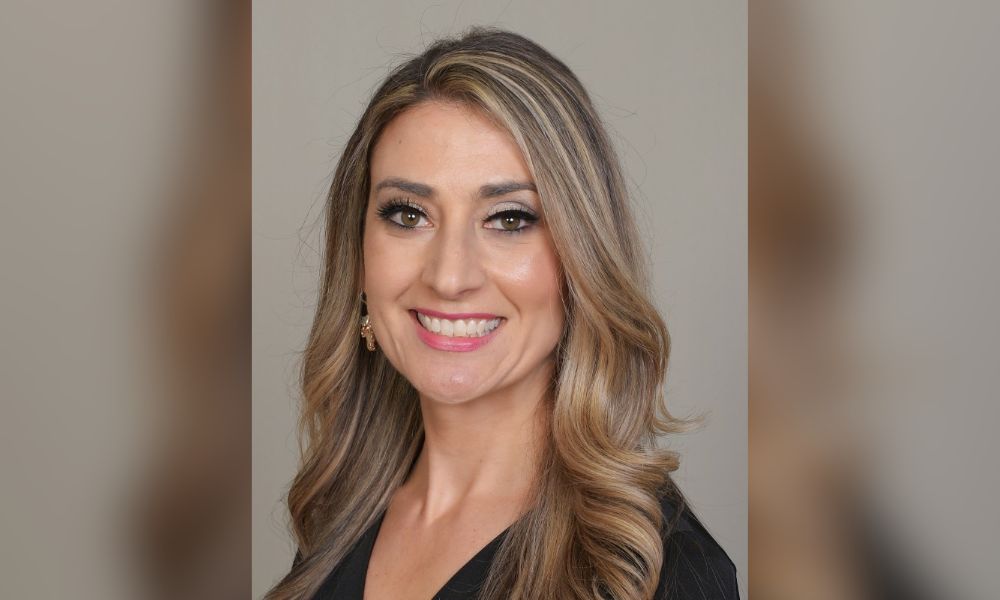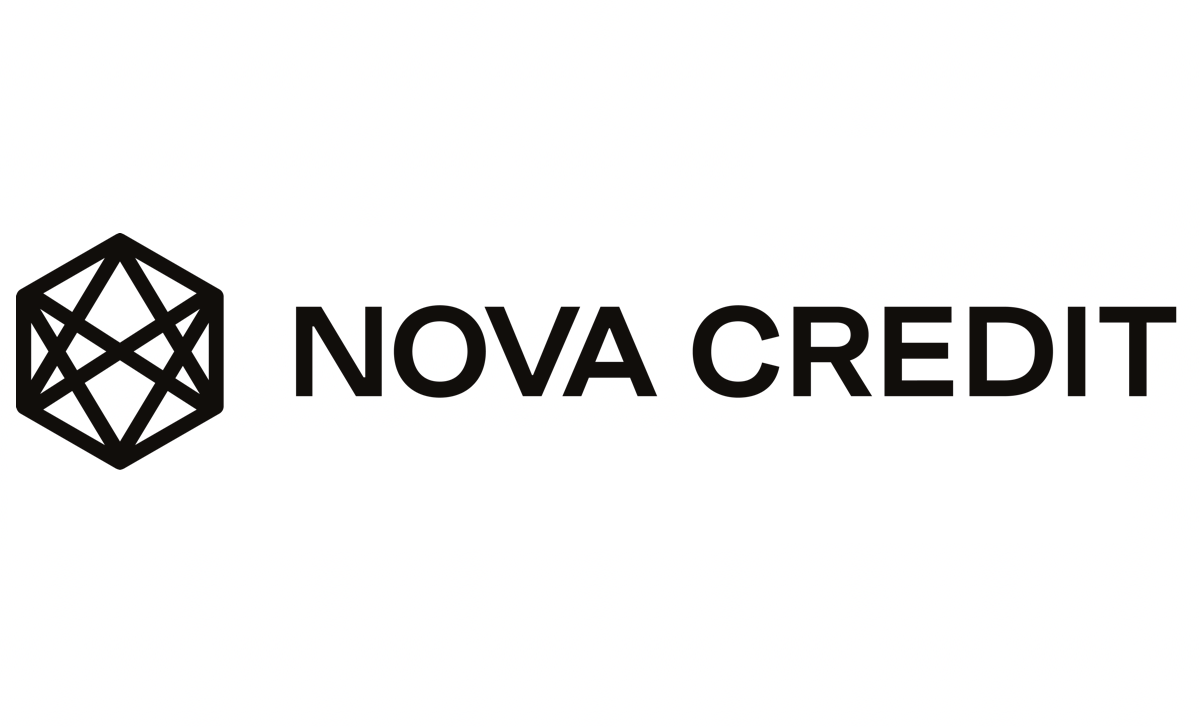You can open a bank account for your child long before they attend their first school dance or slide behind the wheel of a car for the first time.
And you should because kids learn by doing. A parent-supervised checking account is the ideal tool for teaching your child the value of money and getting them comfortable with the basics of spending, saving, and budgeting.
But not all kid-friendly checking accounts are alike. We’ve looked at dozens to build this list — now it’s on you to decide which one best suits your family’s needs.
Best Checking Accounts for Kids & Teens Under Age 18
These are the best available checking accounts for kids.
All require a parent or guardian owner on the account. Most accounts are structured as joint accounts in which the minor and their parent or guardian are on equal legal footing. But accounts open to kids under 13 generally name the parent or guardian as sole owner with full legal control over the account.
Best for Earning Prizes: Yotta
Yotta has the highest potential return of any bank account on this list. The more prize drawings you enter, the better your chances.
Yield
2.70% APY (variable)

Apply Now
Methodology: How We Choose the Best Checking Accounts for Kids
We surveyed dozens of U.S. financial institutions to build this list of the best bank accounts for kids. The most important factors in our analysis were:
- Minimum Age: Most of these accounts are open to kids as young as 13, but we looked hard for accounts that accept younger kids and found a few. Some are open to kids as young as six.
- Monthly Service Fees: Because so many kid-friendly checking accounts waive monthly service fees, it was easy for us to build a list entirely devoid of them.
- Other Fees: We give preference to accounts with relatively few fees overall. For most accounts on this list, the biggest potential expense is an optional overdraft protection fee.
- ATM Access: Cash is less and less important these days, but it’s still nice to have access to a big network of fee-free ATMs. Every account on this list has at least 10,000 machines in its network.
- Money Transfer Capabilities: This is an essential account feature for kids without jobs outside the home since they’re entirely dependent on money from their parents. And all but Chase First Banking, which is designed for very young children, allow external money transfers between friends.
- Online and Mobile Experience: Digital natives and all that. Every account on this list has an above-average mobile experience and comprehensive online banking capabilities.
- Account Yield (Interest): We don’t expect basic kid-friendly checking accounts to pay interest, but it’s sure nice when they do. We found a few willing to play ball.
- Balance Requirements: We exclude any account with a significant ongoing balance requirement (over $25). That’s a dealbreaker for kids who are literally building their net worth from zero.
- Ownership Type: We believe kids should have some skin in the game when it comes to managing their own money, so we give preference to joint-ownership accounts. This means that while the parent or guardian is a co-owner and has control over the account, the child has a legal right to the cash too. Some joint accounts automatically drop the adult when the kid reaches a certain age, usually 18.
- Educational Resources: Kids learn by doing, but structured lessons help too. Most of the accounts on this list have at least some educational resources and confidence-building tools.
Kids Checking Accounts FAQs
With the exception of added perks like educational tools, kids checking accounts work similarly to adult checking accounts. But there are still some common questions adults want answered before they open one.
Who Owns a Kids Checking Account?
It depends on the account. Generally, checking accounts designed for older kids are jointly owned between the child and their parent or guardian. Both have a legal claim to the account, though the adult often drops from the account once the kid turns 18, leaving the now-adult child as the sole owner.
Can a Minor Open Their Own Checking Account?
Usually not without an adult’s participation. Banks have different ways of going about it, but they usually require both the child and the adult joint-owner to be present at opening. Some banks still require the opening to occur in person at a branch, though that’s less common today.
Do Kids Checking Accounts Have Fees?
Most of the time.
The good news is kid-friendly checking accounts tend to have overall lower fees than adult checking accounts, and that many kid-friendly checking accounts have no monthly maintenance fees.
In fact, none of the accounts on this list charge monthly maintenance fees when the account holder is a minor. Some add maintenance fees if and when the account holder reaches a certain, comfortably adult age (often 25). But many account holders move on by then anyway.
Are There Transaction Limits on Kids Checking Accounts?
Kid-friendly checking accounts sometimes have limits on total daily, weekly, or monthly transaction values. More often, they allow parents to set custom transaction limits. These transaction limits can apply in the aggregate (that is, you can’t spend more than $100 per day on your debit card) or at specific merchants or merchant types (say, you can’t spend more than $20 per day at restaurants).
Can a Kid Keep a Kids Checking Account After They Turn 18?
It depends on the bank. Some banks drop the adult from joint checking accounts when the minor account holder turns 18. Others automatically upgrade the account to a different checking product. And still others allow the status quo to continue for as long as the child wants.
Final Word
Financial education doesn’t stop at age 18. It’s a lifelong process that lasts well into adulthood.
Good thing there’s a bank account for every step of the journey, from early childhood products like Chase First Banking to high school and college checking accounts to deposit accounts designed specifically for seniors.


